Report this entry
More from the same community-collection
Bob Berryhill and Cathedral Fighting Irish - 1982
Bob Berryhill and Cathedral Fighting Irish - 1982 - Cathedral ...
John Rechy - Our Lady of Babylon - 1996
Author of "Our Lady of Babylon" - June 1996. John Rechy, the ...
Help us build El Paso's First Diaper Bank!
Uplift our community and inspire others to do the same! We want ...
The Tigua Basket Dance - El Paso, Texas
This photo taken by Everett Thomas is of The “Basket Dance” ...
Border patrol explorer program members at Poppies Fest 2017
This is photo of Members of the border patrol explorer program ...
Cathedral High School - Dani Acosta - Teacher - 1997
Cathedral High School - Dani Acosta - Teacher - 1997

















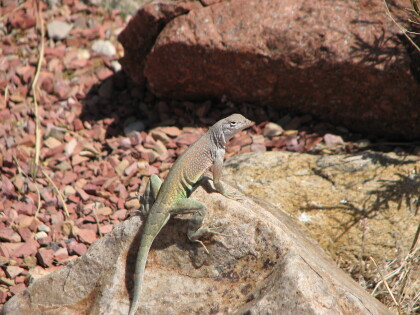
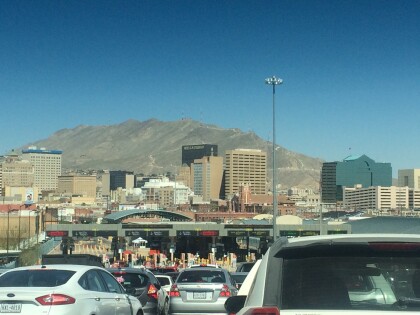
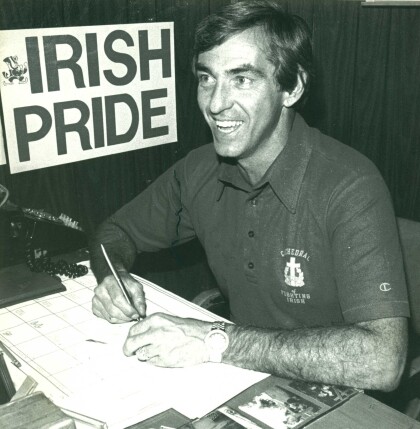
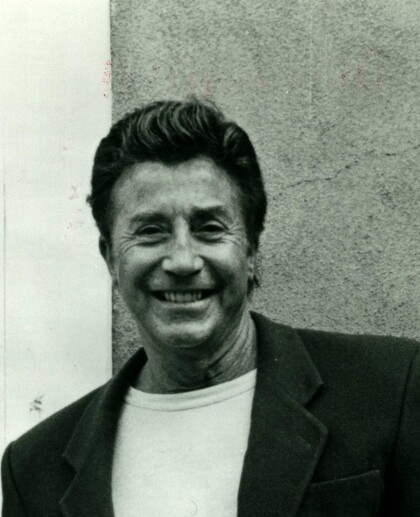
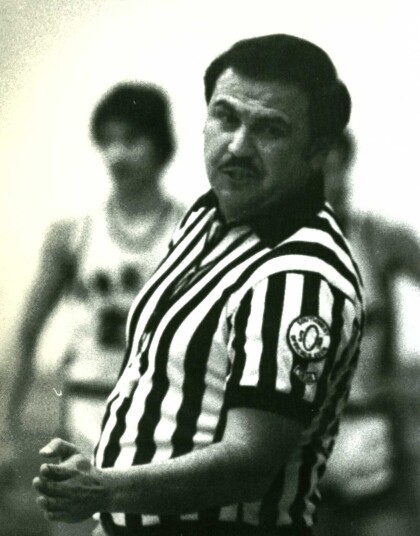
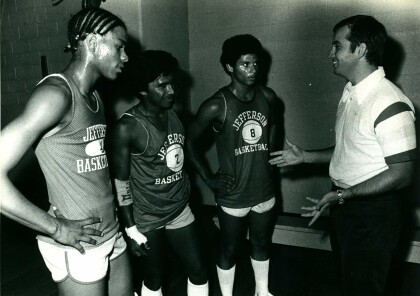

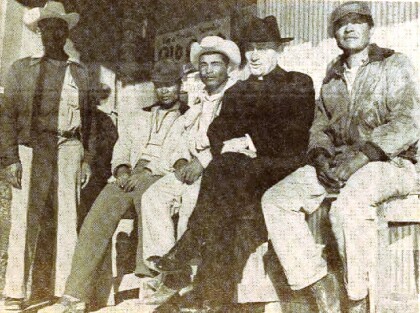

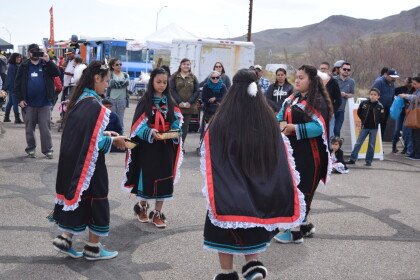
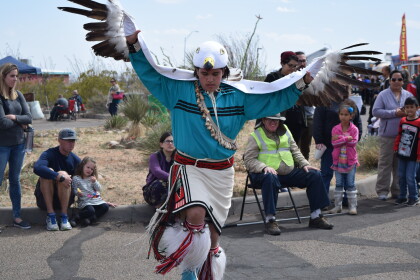
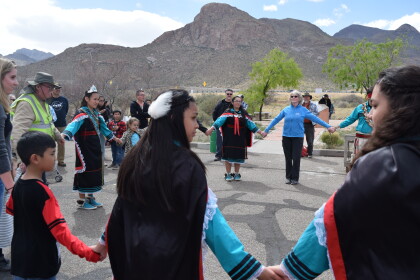


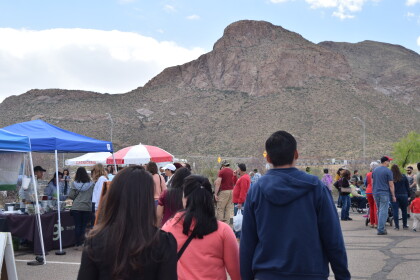
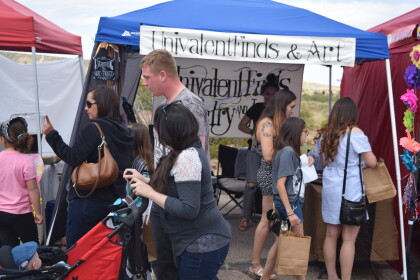
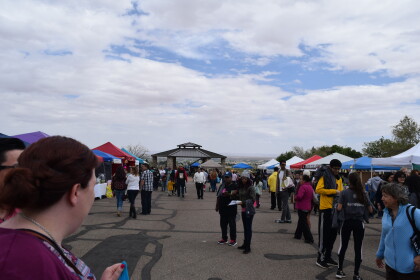
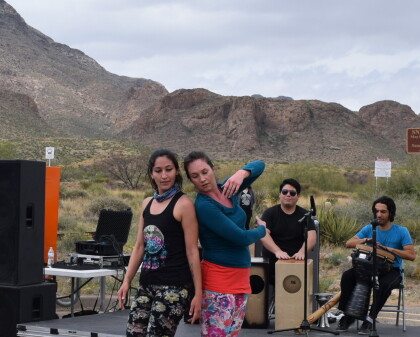

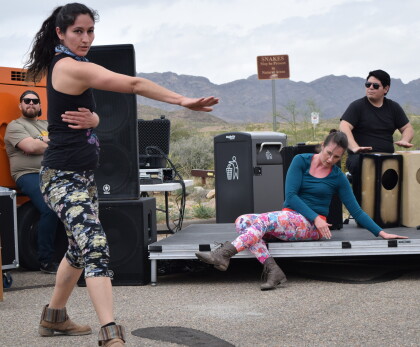
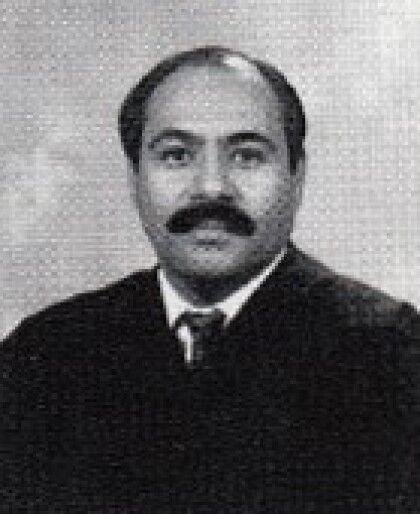
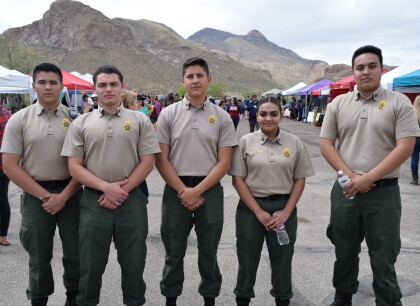

Comments
Add a comment